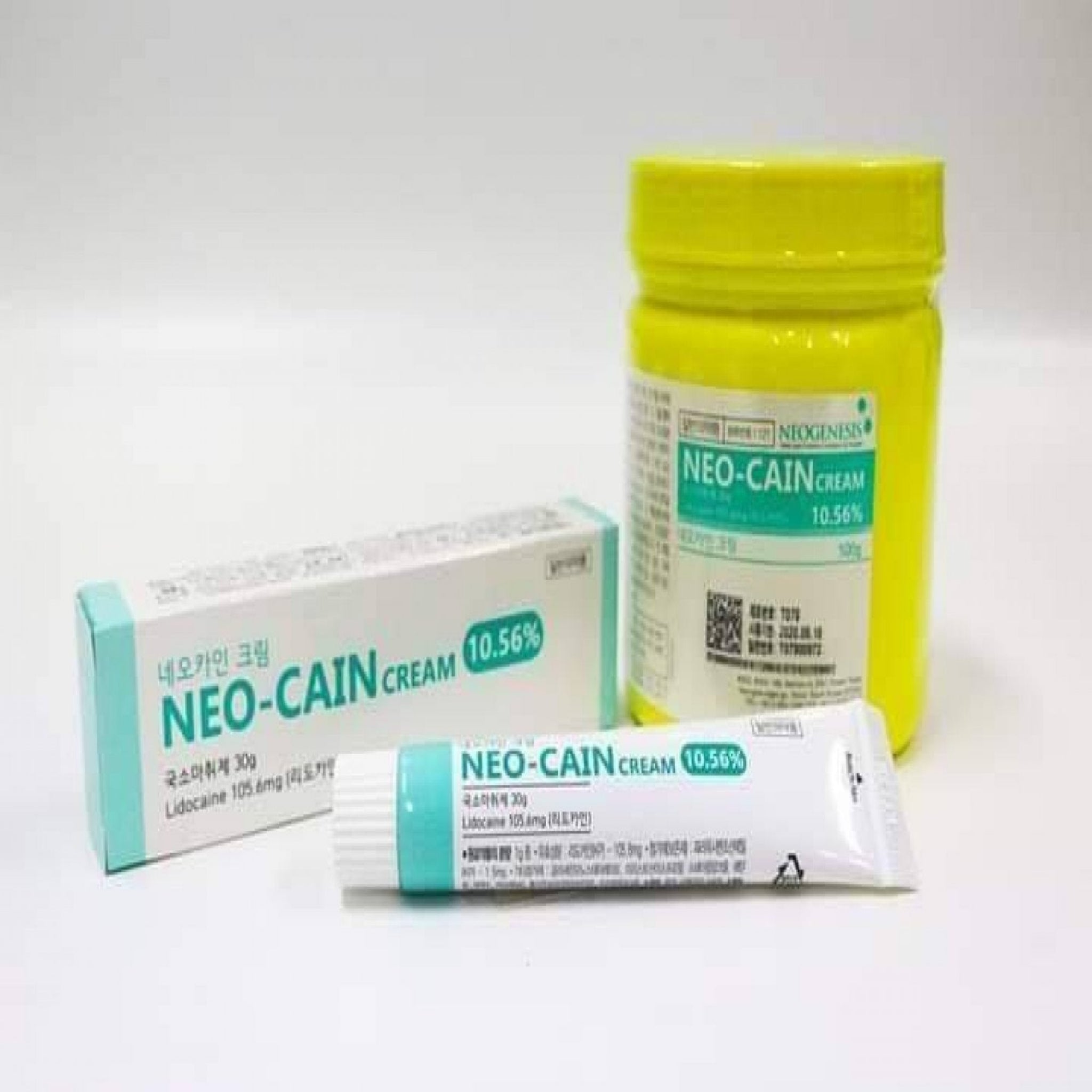
NEO CAIN CREAM is a topical anesthetic formulation containing 10.56% of the active ingredient, typically a local anesthetic such as lidocaine or a similar compound. This high concentration allows for effective pain relief when applied to the skin.
Mechanism of Action
The primary mechanism of action for NEO CAIN CREAM involves blocking sodium channels in the neuronal cell membranes. When applied to the skin, it penetrates the epidermis and dermis, inhibiting the transmission of nerve impulses that signal pain. This results in localized numbness where the cream is applied, making it useful for various medical and cosmetic procedures.
Indications for Use
NEO CAIN CREAM is commonly indicated for:
- Minor Surgical Procedures: It can be used before minor surgical interventions to minimize discomfort.
- Dermatological Procedures: It is often employed before procedures like laser treatments, chemical peels, or biopsies.
- Pain Relief: The cream may also be used to alleviate pain from conditions such as sunburn or insect bites.
Application Guidelines
When using NEO CAIN CREAM, it is essential to follow specific guidelines:
- Clean the Area: Ensure that the skin area where the cream will be applied is clean and dry.
- Apply Generously: A sufficient amount of cream should be applied to cover the affected area adequately.
- Occlusion (if necessary): In some cases, covering the area with an occlusive dressing may enhance absorption and effectiveness.
- Timing: The cream should typically be left on for a specified duration (often around 30 minutes) before proceeding with any procedure.
Side Effects and Precautions
While NEO CAIN CREAM is generally safe when used as directed, there are potential side effects:
- Local Reactions: These may include redness, swelling, or irritation at the application site.
- Systemic Absorption Risks: If used over large areas or under occlusion for extended periods, there could be risks of systemic absorption leading to toxicity.
- Allergic Reactions: Some individuals may experience allergic reactions; therefore, a patch test prior to widespread use is advisable.
